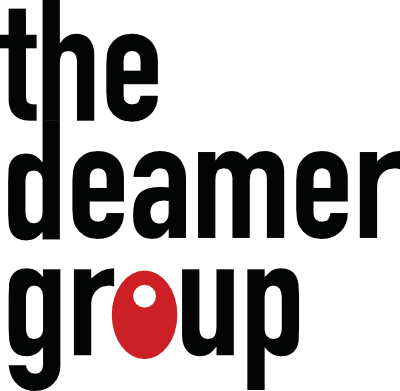As the year draws to a close, many companies find themselves gearing up for an end-of-year hiring push. Whether it’s to fill crucial gaps, address seasonal demands, or get a head start on next year’s goals, this period can be both exciting and challenging for hiring managers and recruiters. Here are some strategies to help you prepare for end-of-year hiring effectively.
1. Assess Your Needs Early
Before diving into the hiring process, take a step back to assess your company’s needs. Identify the roles that are crucial to your organization’s success and the skills that are currently lacking within your team. Conducting a thorough needs assessment will help you prioritize which positions to fill and ensure that your efforts are focused on the most impactful hires.
2. Plan Your Hiring Timeline
The end of the year is a busy time for everyone, including potential candidates. Develop a clear hiring timeline that outlines key milestones, such as job posting dates, application deadlines, interview schedules, and decision dates. Being organized will help you stay on track and ensure a smooth hiring process. Ideally, end-of-year hiring planning should begin in late summer or early fall to allow ample time for each stage of the process.
3. Revamp Job Descriptions
Job descriptions are often the first impression candidates have of your company. Make sure they are up-to-date, clear, and compelling. Highlight the unique aspects of your company culture, the benefits you offer, and the specific qualifications and responsibilities of the role. A well-crafted job description can attract the right candidates and set the tone for the hiring process.
4. Leverage Technology
Technology can be a game-changer in the hiring process. Use applicant tracking systems (ATS) to manage applications efficiently, and consider implementing AI tools to screen resumes and identify top candidates. Additionally, utilize social media and professional networking sites like LinkedIn to reach a wider audience and engage with potential candidates.
5. Engage with Passive Candidates
The end of the year is a great time to connect with passive candidates—those who are not actively looking for a new job but might be open to the right opportunity. Reach out to potential candidates through networking events, industry conferences, or direct messages on LinkedIn. Building relationships with passive candidates can expand your talent pool and increase your chances of finding the perfect fit.
6. Streamline the Interview Process
A lengthy and cumbersome interview process can deter top talent. Aim to streamline your interview process by eliminating unnecessary steps and ensuring that all interviewers are well-prepared. Consider using video interviews to accommodate candidates’ schedules and reduce the time-to-hire. Providing a positive and efficient interview experience can leave a lasting impression on candidates.
7. Prepare Your Team
Involve your team in the hiring process by clearly communicating the roles you’re hiring for and what you’re looking for in candidates. Encourage team members to refer potential candidates and participate in interviews. Having your team on board can provide valuable insights and help ensure a good cultural fit for new hires.
8. Focus on Employer Branding
Your company’s reputation and culture play a significant role in attracting top talent. Invest in employer branding by showcasing your company’s values, achievements, and employee experiences. Share success stories, highlight community involvement, and maintain an active presence on social media. A strong employer brand can make your company stand out to prospective candidates.
9. Offer Competitive Compensation
End-of-year hiring often coincides with budget planning for the next fiscal year. Ensure that your compensation packages are competitive and reflect the current market standards. Offering attractive salaries, benefits, and perks can give you an edge in a competitive job market.
10. Plan for Onboarding
Effective onboarding is crucial for the success of new hires. Develop a comprehensive onboarding plan that includes orientation, training, and integration into the team. Starting the onboarding process early can help new employees hit the ground running and feel welcomed and supported from day one.
Conclusion
End-of-year hiring can be a pivotal time for your organization. By assessing your needs, planning meticulously, leveraging technology, and focusing on candidate experience, you can navigate this period successfully. Remember, a well-prepared hiring strategy not only fills positions but also strengthens your team and sets your company up for a prosperous new year.
Starting your planning in late summer or early fall ensures that you have enough time to implement these strategies effectively and avoid the year-end rush.
Happy hiring!

